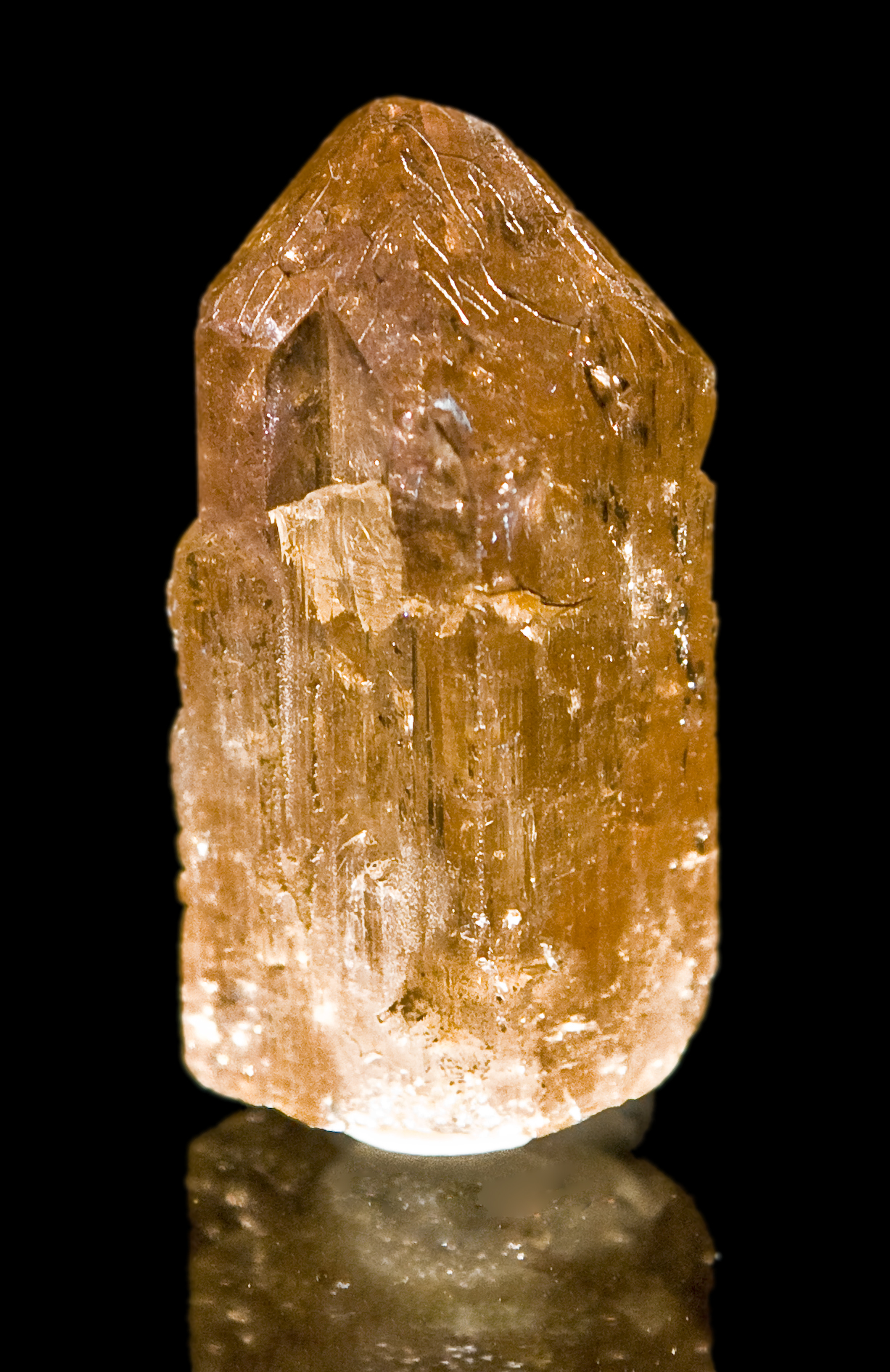|
Lunar Saros 128
Saros cycle series 128 for lunar eclipses occurs at the moon's ascending node, repeating every 18 years 11 and 1/3 days. It contains 71 events. Solar saros 135 interleaves with this lunar saros with an event occurring every 9 years 5 days alternating between each saros series. This lunar saros is linked to Solar Saros 135. Lunar Saros 128 Solar Saros 135 interleaves with this lunar saros with an event occurring every 9 years 5 days alternating between each saros series. Summary Lunar Saros 128 contains 15 total lunar eclipses between 1845 and 2097 (in years 1845, 1863, 1881, 1899, 1917, 1935, 1953, 1971, 1989, 2007, 2025, 2043, 2061, 2079 and 2097). Solar Saros 135 interleaves with this lunar saros with an event occurring every 9 years 5 days alternating between each saros series. List See also * List of lunar eclipses There are several lists of lunar eclipses On the Moon, by the Earth ; Type * List of central lunar eclipses * Total penumbral lunar eclipse ; Classi ... [...More Info...] [...Related Items...] OR: [Wikipedia] [Google] [Baidu] |
Lunar Eclipse
A lunar eclipse occurs when the Moon moves into the Earth's shadow. Such alignment occurs during an eclipse season, approximately every six months, during the full moon phase, when the Moon's orbital plane is closest to the plane of the Earth's orbit. This can occur only when the Sun, Earth, and Moon are exactly or very closely aligned (in syzygy) with Earth between the other two, which can happen only on the night of a full moon when the Moon is near either lunar node. The type and length of a lunar eclipse depend on the Moon's proximity to the lunar node. When the moon is totally eclipsed by the Earth, it takes on a reddish color that is caused by the planet when it completely blocks direct sunlight from reaching the Moon surface, as only the light reflected from the lunar surface has been refracted by Earth's atmosphere. This light appears reddish due to the Rayleigh scattering of blue light, the same reason sunrise and sunsets are more orange than during the day. Un ... [...More Info...] [...Related Items...] OR: [Wikipedia] [Google] [Baidu] |
August 1989 Lunar Eclipse
A total lunar eclipse took place at 0308 UT (GMT) on Thursday, August 17, 1989, the second of two total lunar eclipses in 1989. The moon passed through the center of the Earth's shadow. Visibility It was seen completely over South America, and rising over North America, and setting over Africa, and Europe. : Relations to other lunar eclipses Eclipses of 1989 * A total lunar eclipse on February 20. * A partial solar eclipse on March 7. * A total lunar eclipse on August 17. * A partial solar eclipse on August 31. Lunar year series This eclipse is the second of four lunar year eclipses occurring at the moon's ascending node. The lunar year series repeats after 12 lunations or 354 days (Shifting back about 10 days in sequential years). Because of the date shift, the Earth's shadow will be about 11 degrees west in sequential events. Saros series Lunar Saros 128 contains 15 total lunar eclipses between 1845 and 2097 (in years 1845, 1863, 1881, 1899, 1917, 1935, 19 ... [...More Info...] [...Related Items...] OR: [Wikipedia] [Google] [Baidu] |
List Of Lunar Eclipses
There are several lists of lunar eclipses On the Moon, by the Earth ; Type * List of central lunar eclipses * Total penumbral lunar eclipse ; Classification * List of saros series for lunar eclipses * Tetrad (astronomy) contains lists of tetrads in the late-20th and 21st centuries ; By era * Lunar eclipses by century * Historically significant lunar eclipses Historically significant lunar eclipses are eclipses of the Moon that are mentioned in historical accounts in connection with a significant event. Lunar eclipses are somewhat rare events, although not as rare as solar eclipses, because unlike sol ... On Earth, by the Moon {{DEFAULTSORT:Lunar eclipses ... [...More Info...] [...Related Items...] OR: [Wikipedia] [Google] [Baidu] |
December 2187 Lunar Eclipse
December is the twelfth and final month of the year in the Julian and Gregorian calendars and is also the last of seven months to have a length of 31 days. December got its name from the Latin word ''decem'' (meaning ten) because it was originally the tenth month of the year in the calendar of Romulus which began in March. The winter days following December were not included as part of any month. Later, the months of January and February were created out of the monthless period and added to the beginning of the calendar, but December retained its name.Macrobius, ''Saturnalia'', tr. Percival Vaughan Davies (New York: Columbia University Press, 1969), book I, chapters 12–13, pp. 89–95. In Ancient Rome, as one of the four Agonalia, this day in honour of Sol Indiges was held on December 11, as was Septimontium. Dies natalis (birthday) was held at the temple of Tellus on December 13, Consualia was held on December 15, Saturnalia was held December 17–23, Opiconsivia was ... [...More Info...] [...Related Items...] OR: [Wikipedia] [Google] [Baidu] |
December 2169 Lunar Eclipse
December is the twelfth and final month of the year in the Julian and Gregorian calendars and is also the last of seven months to have a length of 31 days. December got its name from the Latin word ''decem'' (meaning ten) because it was originally the tenth month of the year in the calendar of Romulus which began in March. The winter days following December were not included as part of any month. Later, the months of January and February were created out of the monthless period and added to the beginning of the calendar, but December retained its name.Macrobius, ''Saturnalia'', tr. Percival Vaughan Davies (New York: Columbia University Press, 1969), book I, chapters 12–13, pp. 89–95. In Ancient Rome, as one of the four Agonalia, this day in honour of Sol Indiges was held on December 11, as was Septimontium. Dies natalis (birthday) was held at the temple of Tellus on December 13, Consualia was held on December 15, Saturnalia was held December 17–23, Opiconsivia was h ... [...More Info...] [...Related Items...] OR: [Wikipedia] [Google] [Baidu] |
November 2151 Lunar Eclipse
November is the eleventh and penultimate month of the year in the Julian and Gregorian Calendars, the fourth and last of four months to have a length of 30 days and the fifth and last of five months to have a length of fewer than 31 days. November was the ninth month of the calendar of Romulus . November retained its name (from the Latin ''novem'' meaning "nine") when January and February were added to the Roman calendar. November is a month of late spring in the Southern Hemisphere and late autumn in the Northern Hemisphere. Therefore, November in the Southern Hemisphere is the seasonal equivalent of May in the Northern Hemisphere and vice versa. In Ancient Rome, Ludi Plebeii was held from November 4–17, Epulum Jovis was held on November 13 and Brumalia celebrations began on November 24. These dates do not correspond to the modern Gregorian calendar. November was referred to as Blōtmōnaþ by the Anglo-Saxons. Brumaire and Frimaire were the months on which November fell ... [...More Info...] [...Related Items...] OR: [Wikipedia] [Google] [Baidu] |
November 2133 Lunar Eclipse
November is the eleventh and penultimate month of the year in the Julian and Gregorian Calendars, the fourth and last of four months to have a length of 30 days and the fifth and last of five months to have a length of fewer than 31 days. November was the ninth month of the calendar of Romulus . November retained its name (from the Latin ''novem'' meaning "nine") when January and February were added to the Roman calendar. November is a month of late spring in the Southern Hemisphere and late autumn in the Northern Hemisphere. Therefore, November in the Southern Hemisphere is the seasonal equivalent of May in the Northern Hemisphere and vice versa. In Ancient Rome, Ludi Plebeii was held from November 4–17, Epulum Jovis was held on November 13 and Brumalia celebrations began on November 24. These dates do not correspond to the modern Gregorian calendar. November was referred to as Blōtmōnaþ by the Anglo-Saxons. Brumaire and Frimaire were the months on which November fell ... [...More Info...] [...Related Items...] OR: [Wikipedia] [Google] [Baidu] |
November 2115 Lunar Eclipse
November is the eleventh and penultimate month of the year in the Julian and Gregorian Calendars, the fourth and last of four months to have a length of 30 days and the fifth and last of five months to have a length of fewer than 31 days. November was the ninth month of the calendar of Romulus . November retained its name (from the Latin ''novem'' meaning "nine") when January and February were added to the Roman calendar. November is a month of late spring in the Southern Hemisphere and late autumn in the Northern Hemisphere. Therefore, November in the Southern Hemisphere is the seasonal equivalent of May in the Northern Hemisphere and vice versa. In Ancient Rome, Ludi Plebeii was held from November 4–17, Epulum Jovis was held on November 13 and Brumalia celebrations began on November 24. These dates do not correspond to the modern Gregorian calendar. November was referred to as Blōtmōnaþ by the Anglo-Saxons. Brumaire and Frimaire were the months on which November fell ... [...More Info...] [...Related Items...] OR: [Wikipedia] [Google] [Baidu] |
October 2097 Lunar Eclipse
October is the tenth month of the year in the Julian and Gregorian calendars and the sixth of seven months to have a length of 31 days. The eighth month in the old calendar of Romulus , October retained its name (from Latin and Greek ''ôctō'' meaning "eight") after January and February were inserted into the calendar that had originally been created by the Romans. In Ancient Rome, one of three Mundus patet would take place on October 5, Meditrinalia October 11, Augustalia on October 12, October Horse on October 15, and Armilustrium on October 19. These dates do not correspond to the modern Gregorian calendar. Among the Anglo-Saxons, it was known as Winterfylleth (Ƿinterfylleþ), because at this full moon, winter was supposed to begin. October is commonly associated with the season of spring in parts of the Southern Hemisphere, and autumn in parts of the Northern Hemisphere, where it is the seasonal equivalent to April in the Southern Hemisphere and vice versa. October ... [...More Info...] [...Related Items...] OR: [Wikipedia] [Google] [Baidu] |
October 2079 Lunar Eclipse
October is the tenth month of the year in the Julian and Gregorian calendars and the sixth of seven months to have a length of 31 days. The eighth month in the old calendar of Romulus , October retained its name (from Latin and Greek ''ôctō'' meaning "eight") after January and February were inserted into the calendar that had originally been created by the Romans. In Ancient Rome, one of three Mundus patet would take place on October 5, Meditrinalia October 11, Augustalia on October 12, October Horse on October 15, and Armilustrium on October 19. These dates do not correspond to the modern Gregorian calendar. Among the Anglo-Saxons, it was known as Winterfylleth (Ƿinterfylleþ), because at this full moon, winter was supposed to begin. October is commonly associated with the season of spring in parts of the Southern Hemisphere, and autumn in parts of the Northern Hemisphere, where it is the seasonal equivalent to April in the Southern Hemisphere and vice versa. Oct ... [...More Info...] [...Related Items...] OR: [Wikipedia] [Google] [Baidu] |
September 2061 Lunar Eclipse
September is the ninth month of the year in both the Julian and Gregorian calendars, the third of four months to have a length of 30 days, and the fourth of five months to have a length of fewer than 31 days. September in the Northern Hemisphere and March in the Southern Hemisphere are seasonally equivalent. In the Northern hemisphere, the beginning of the meteorological autumn is on 1 September. In the Southern hemisphere, the beginning of the meteorological spring is on 1 September. September marks the beginning of the ecclesiastical year in the Eastern Orthodox Church. It is the start of the academic year in many countries of the northern hemisphere, in which children go back to school after the summer break, sometimes on the first day of the month. September (from Latin ''septem'', "seven") was originally the seventh of ten months in the oldest known Roman calendar, the calendar of Romulus , with March (Latin ''Martius'') the first month of the year until p ... [...More Info...] [...Related Items...] OR: [Wikipedia] [Google] [Baidu] |
September 2043 Lunar Eclipse
A total lunar eclipse will take place on September 19, 2043. Visibility Related lunar eclipses Lunar year series Tritos series Saros series Lunar Saros 128 contains 15 total lunar eclipses between 1845 and 2097 (in years 1845, 1863, 1881, 1899, 1917, 1935, 1953, 1971, 1989, 2007, 2025, 2043, 2061, 2079 and 2097). Solar Saros 135 interleaves with this lunar saros with an event occurring every 9 years 5 days alternating between each saros series. Half-Saros cycle A lunar eclipse will be preceded and followed by solar eclipses by 9 years and 5.5 days (a half saros).Mathematical Astronomy Morsels, Jean Meeus, p.110, Chapter 18, ''The half-saros'' This lunar eclipse is related to two annular solar eclipses of Solar Saros 135. See also * List of lunar eclipses and List of 21st-century lunar eclipses There will be 230 lunar eclipses in the 21st century (2001–2100): 87 penumbral, 58 partial and 85 total. Eclipses are listed in sets by lunar years, repeating every 12 mo ... [...More Info...] [...Related Items...] OR: [Wikipedia] [Google] [Baidu] |










